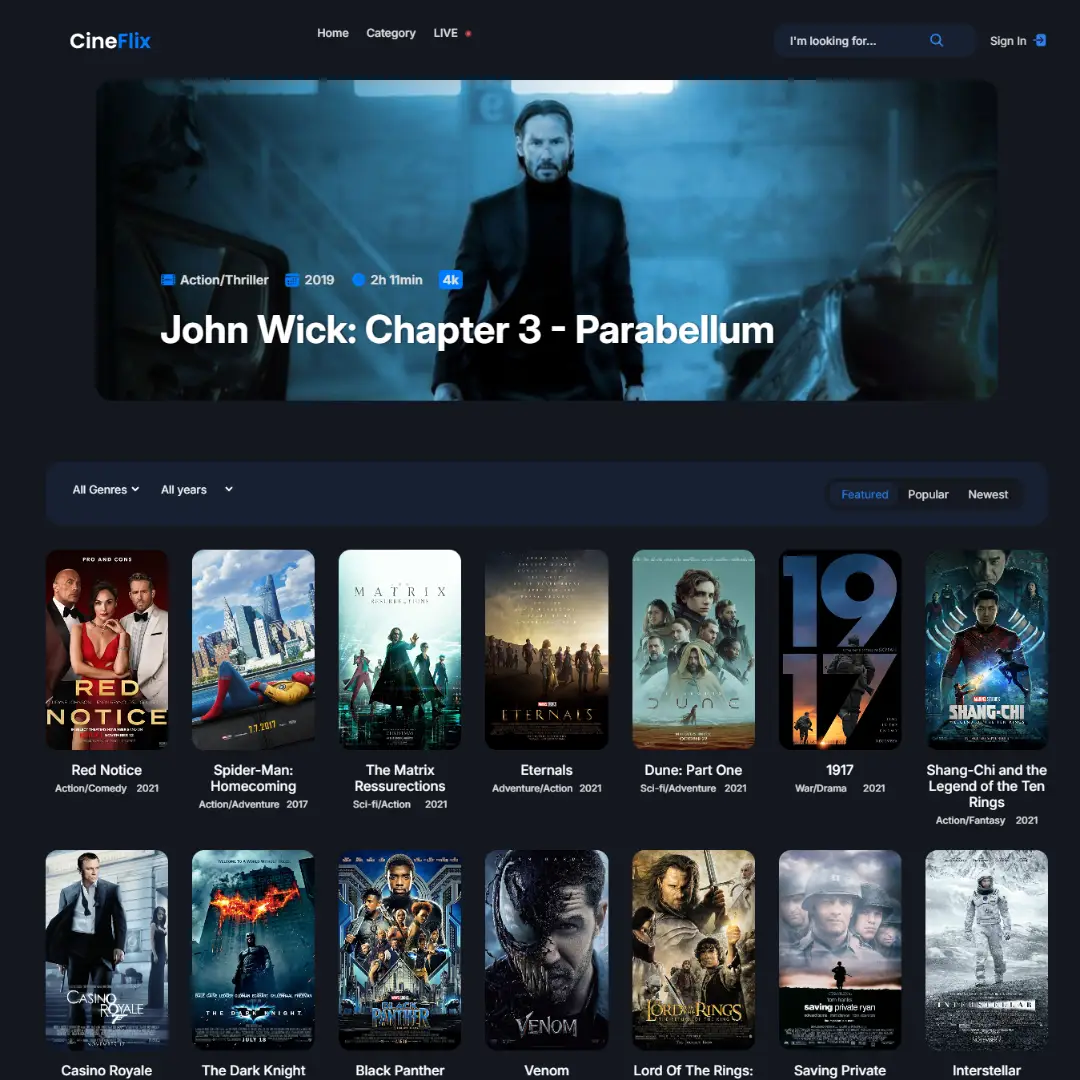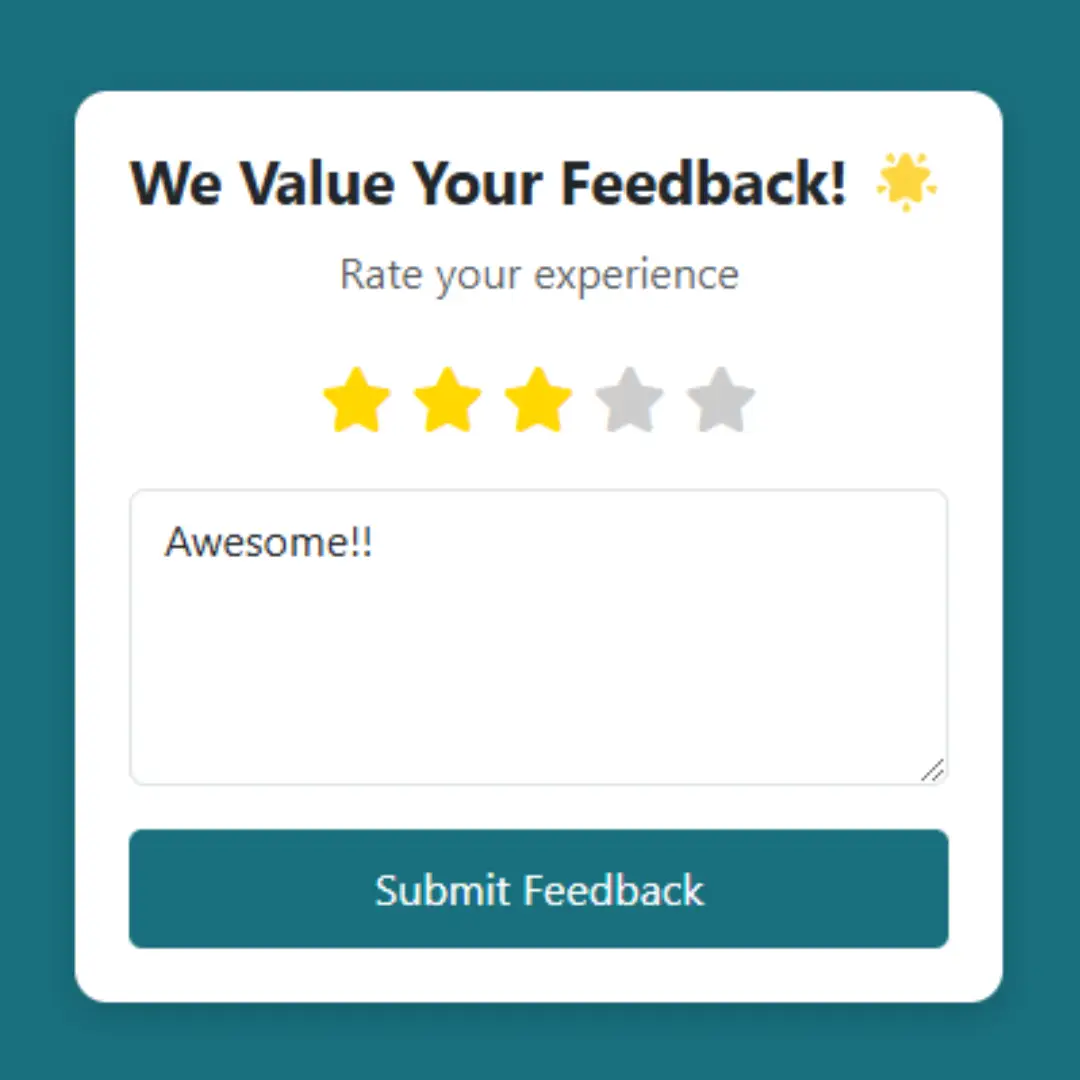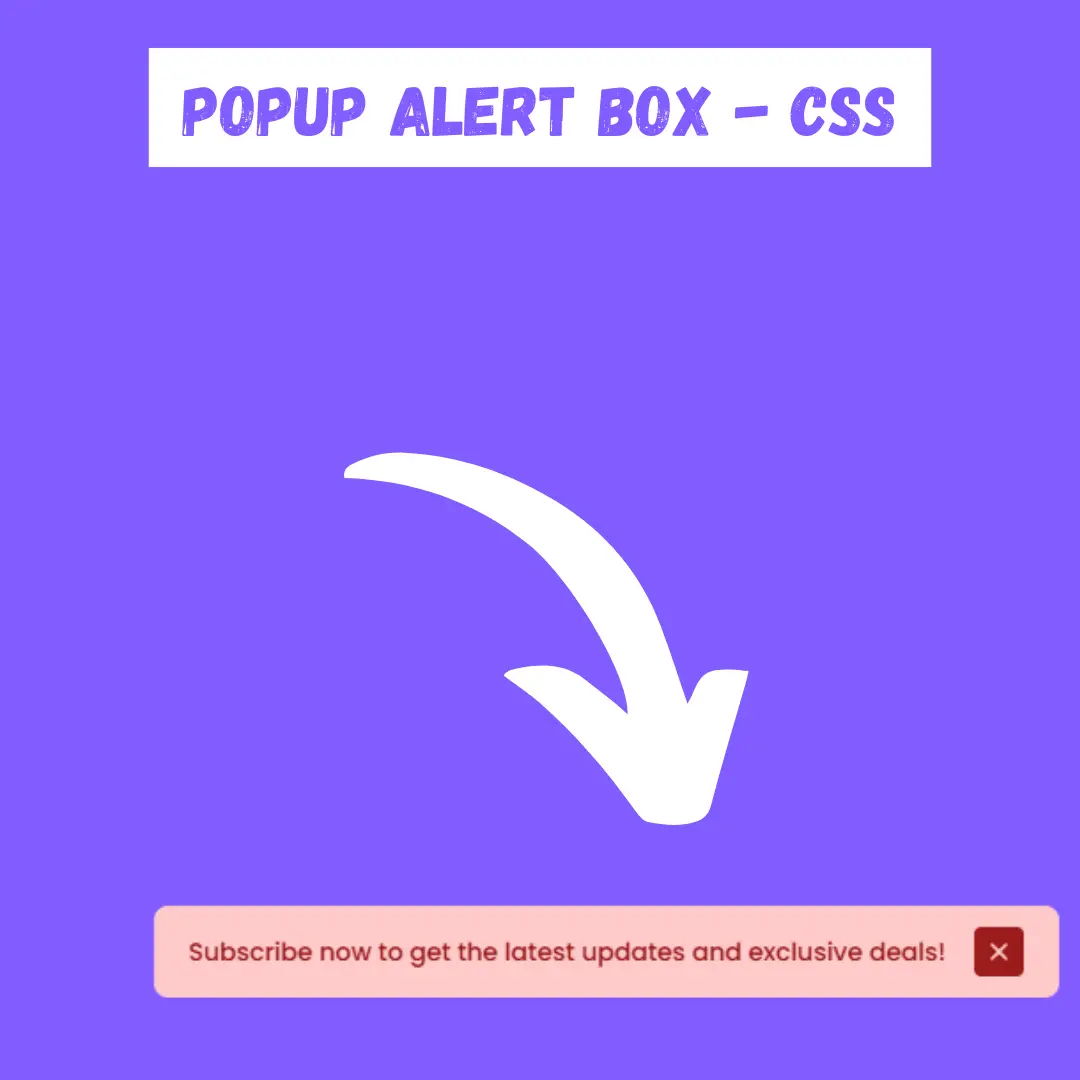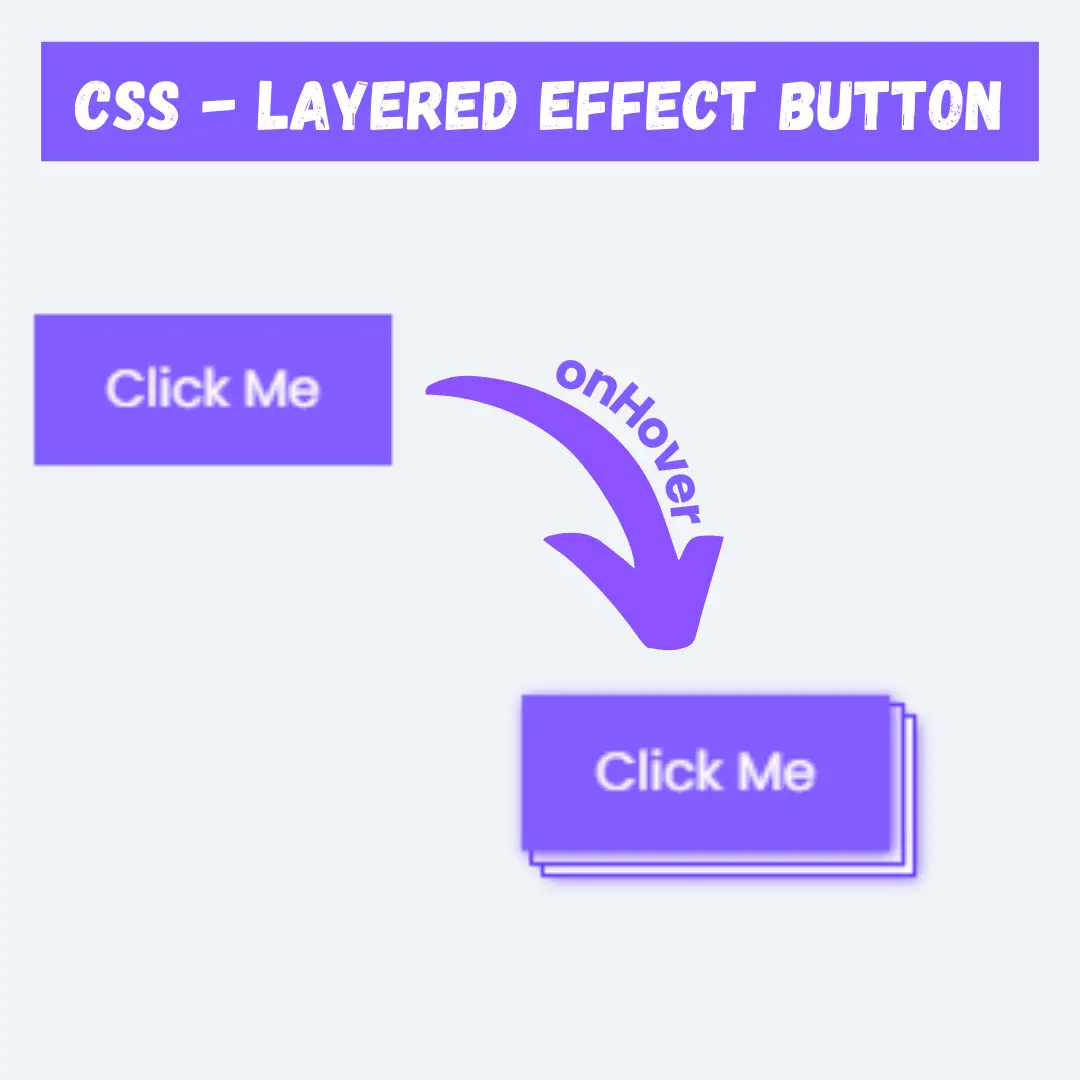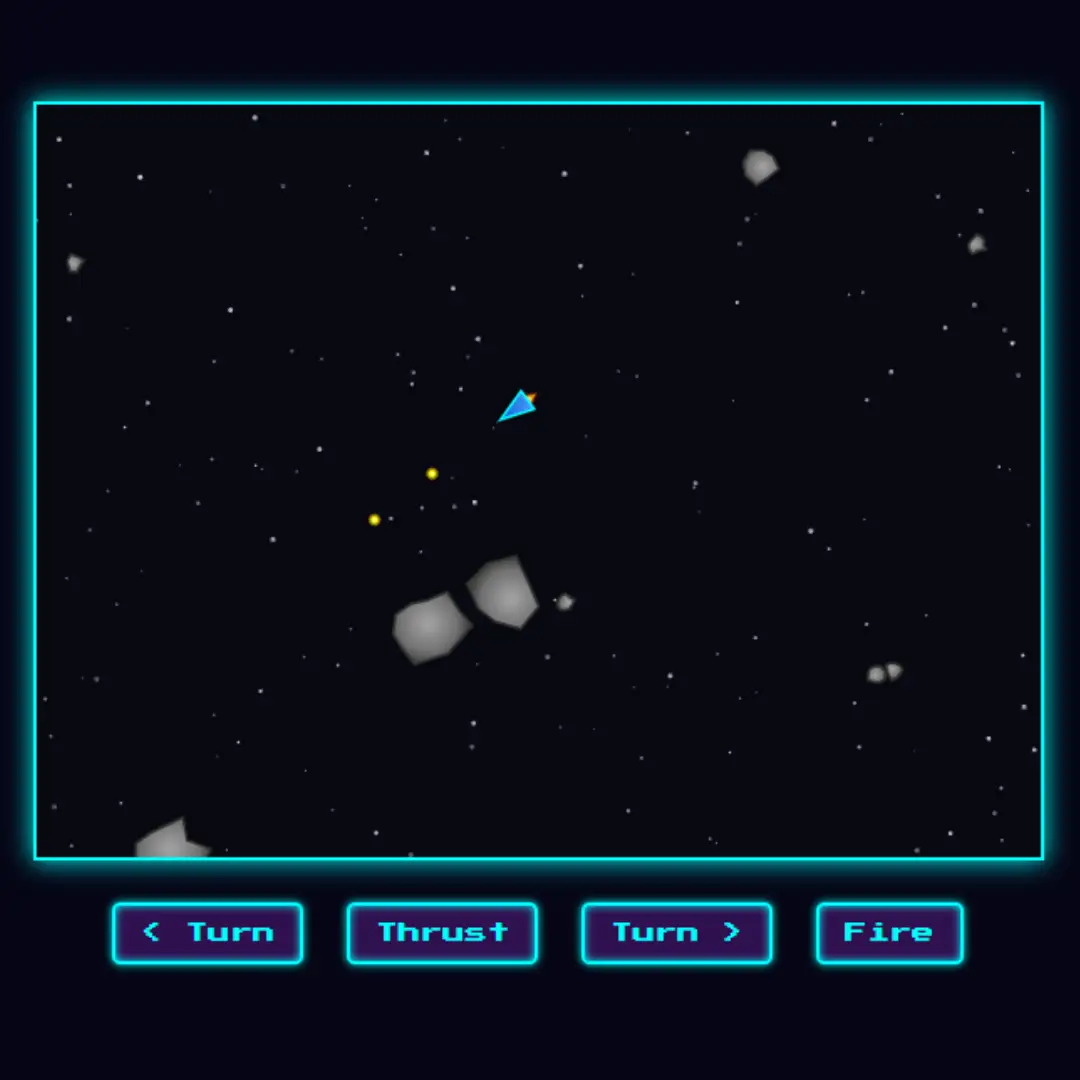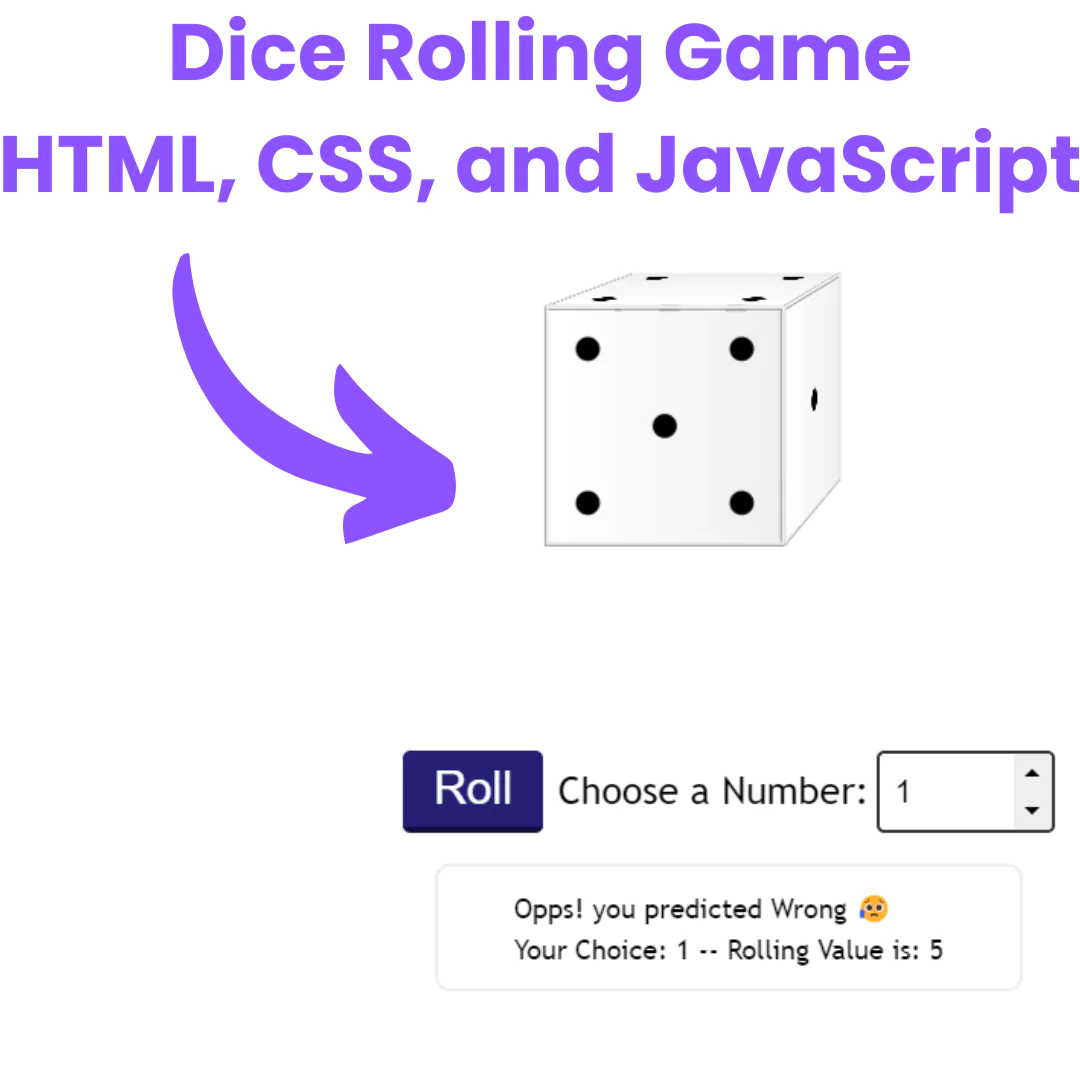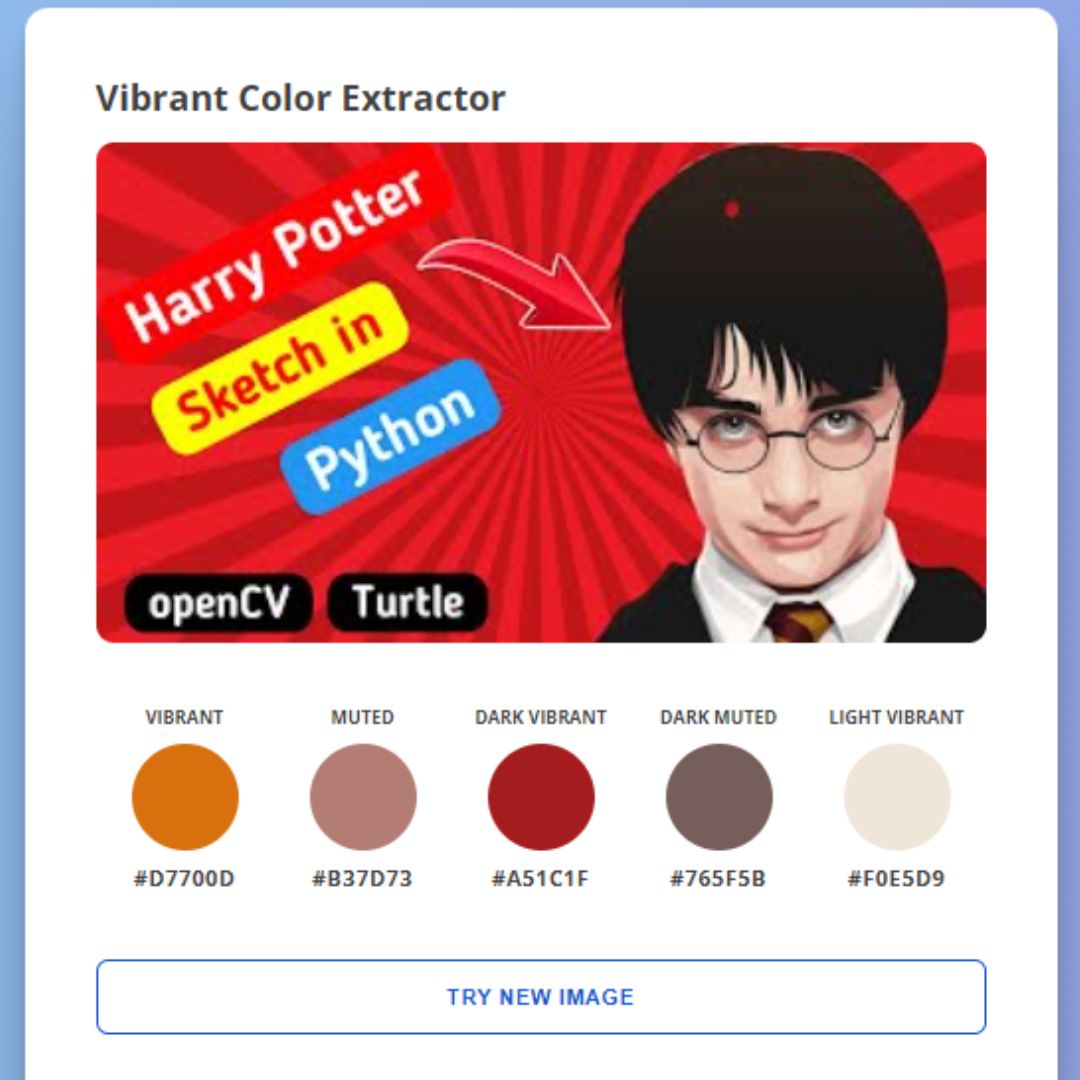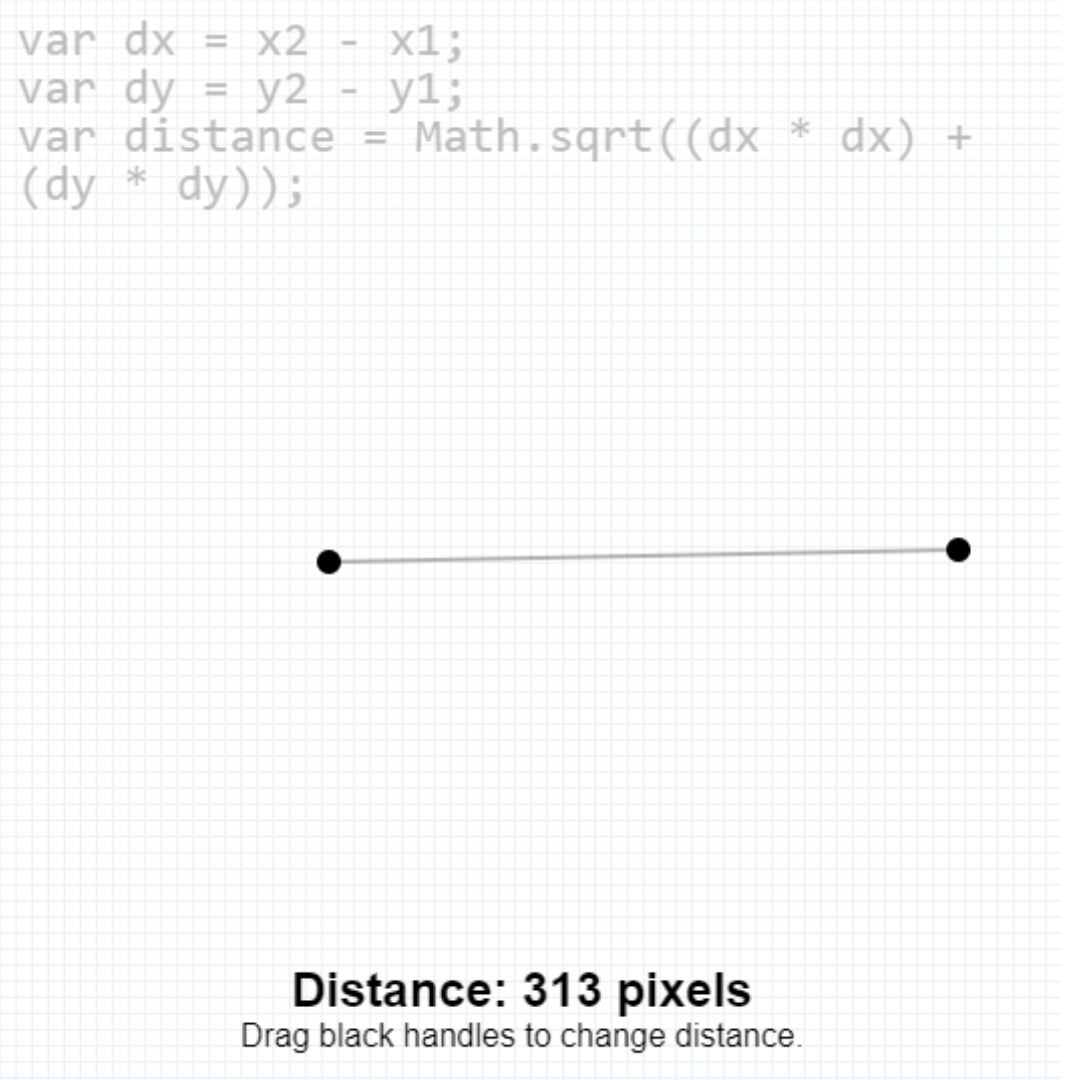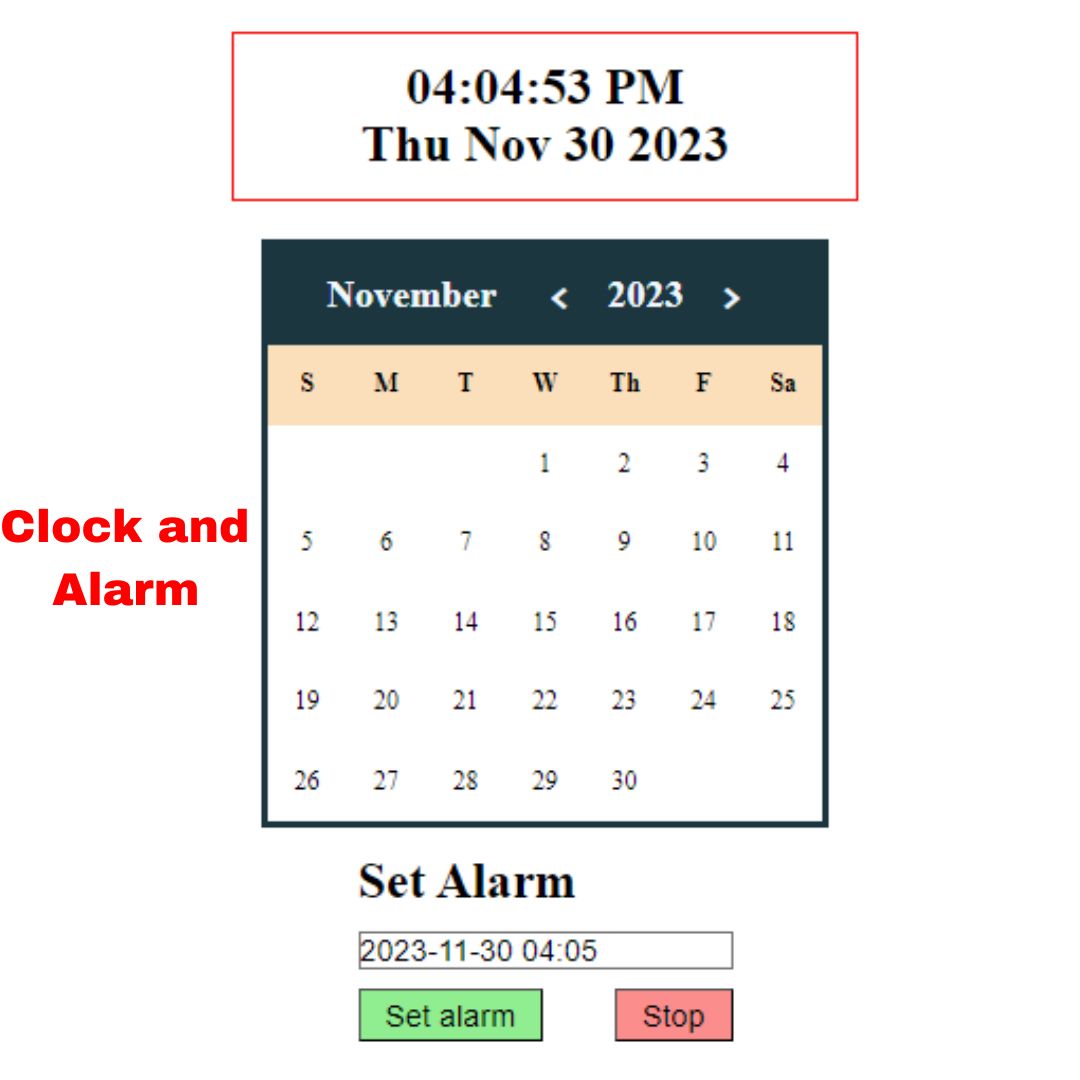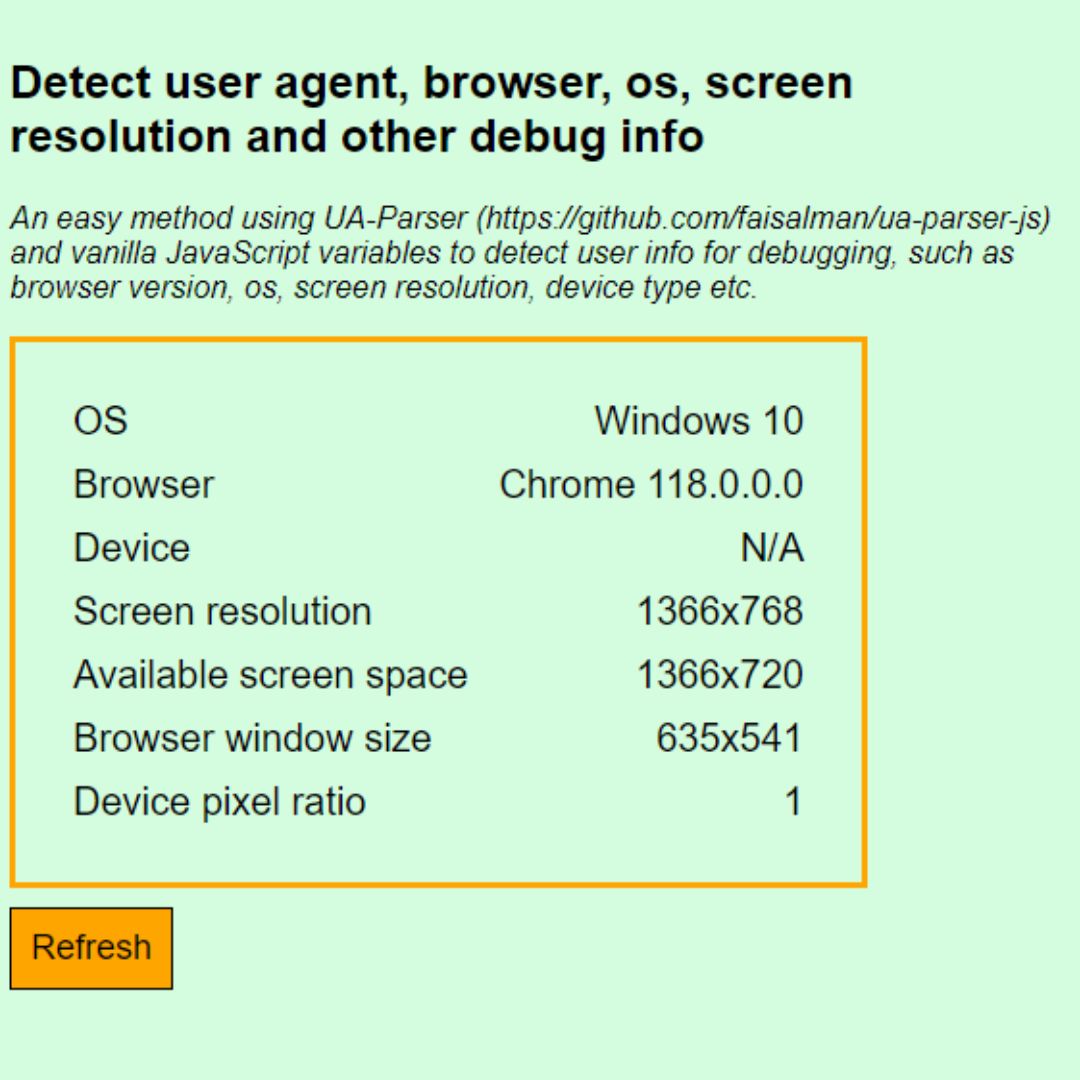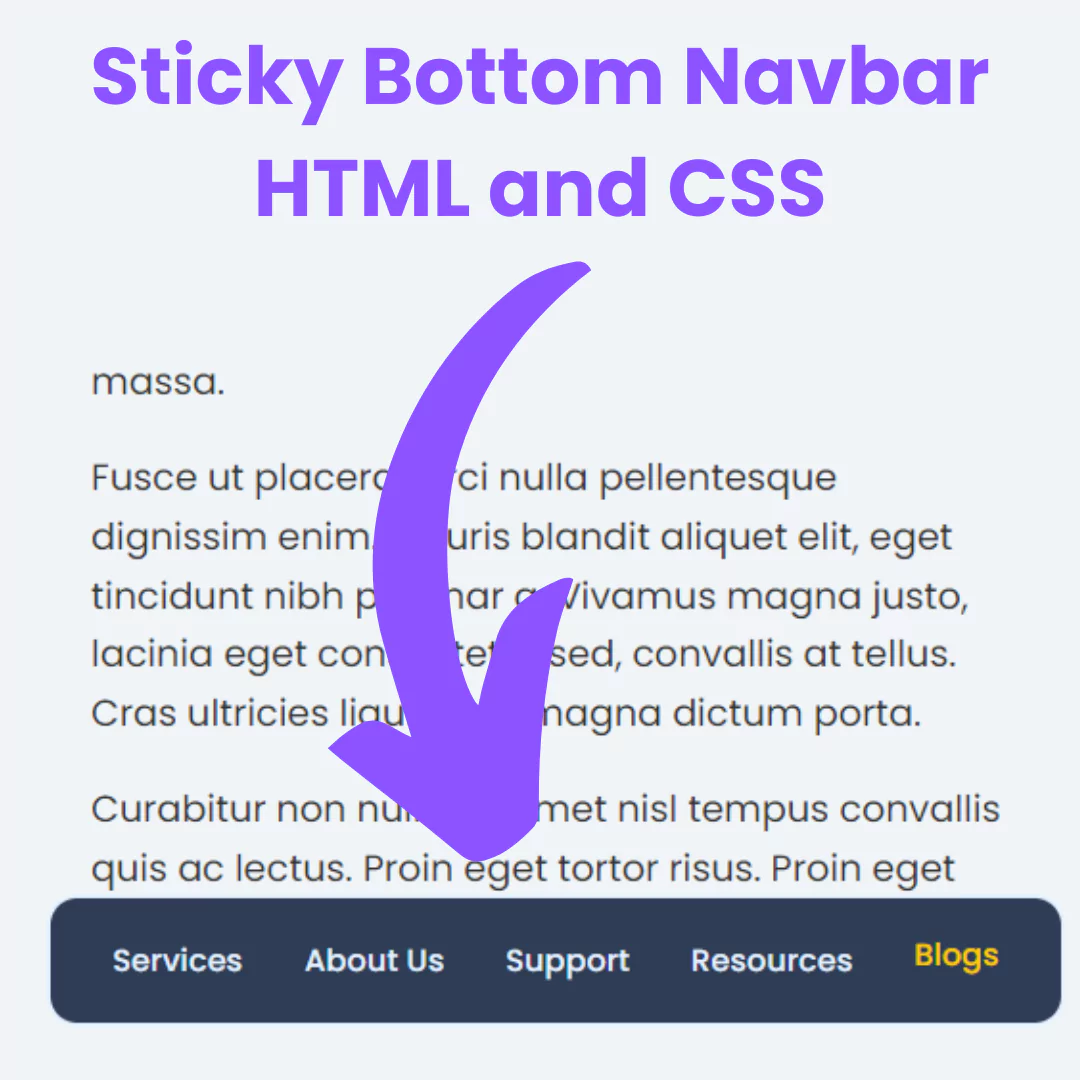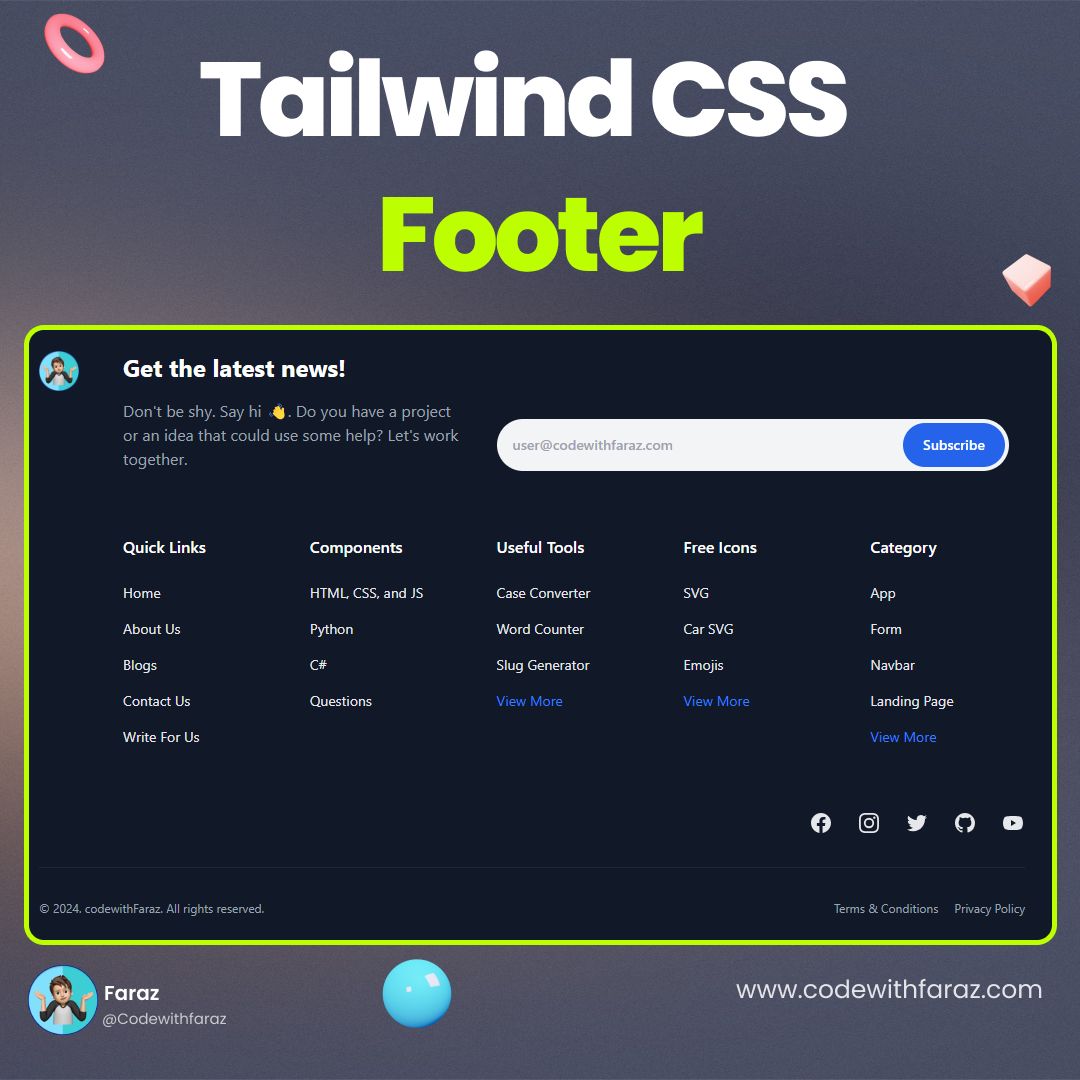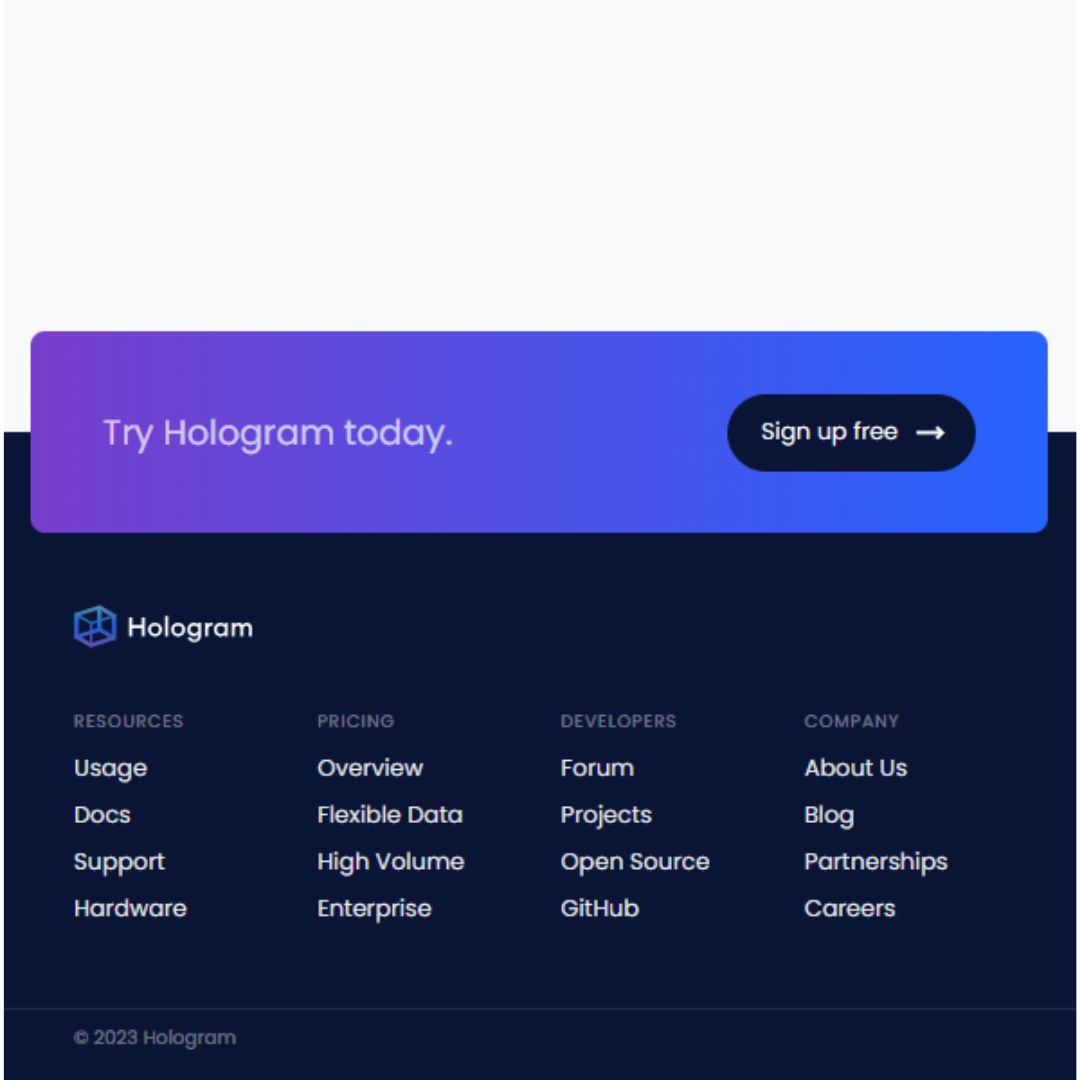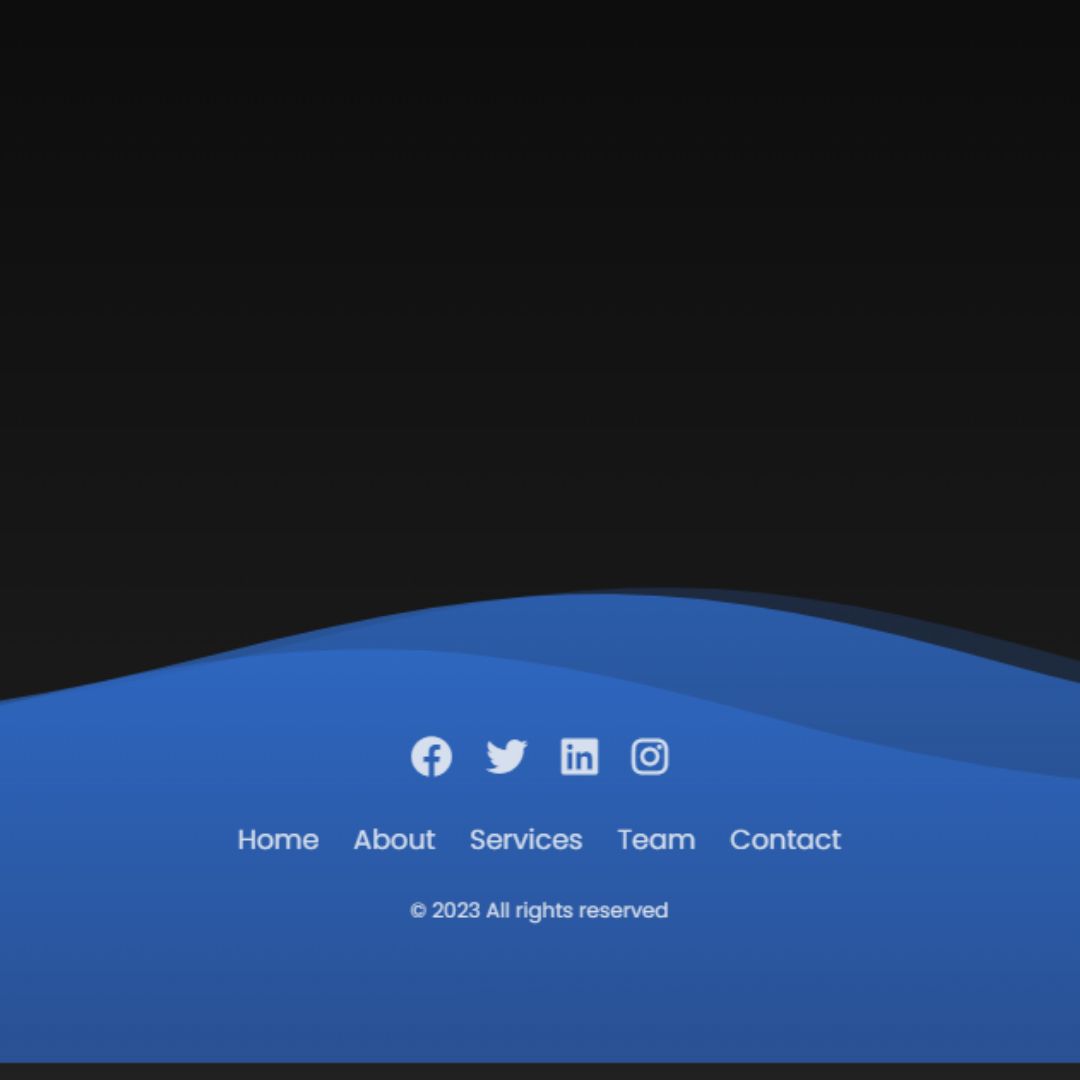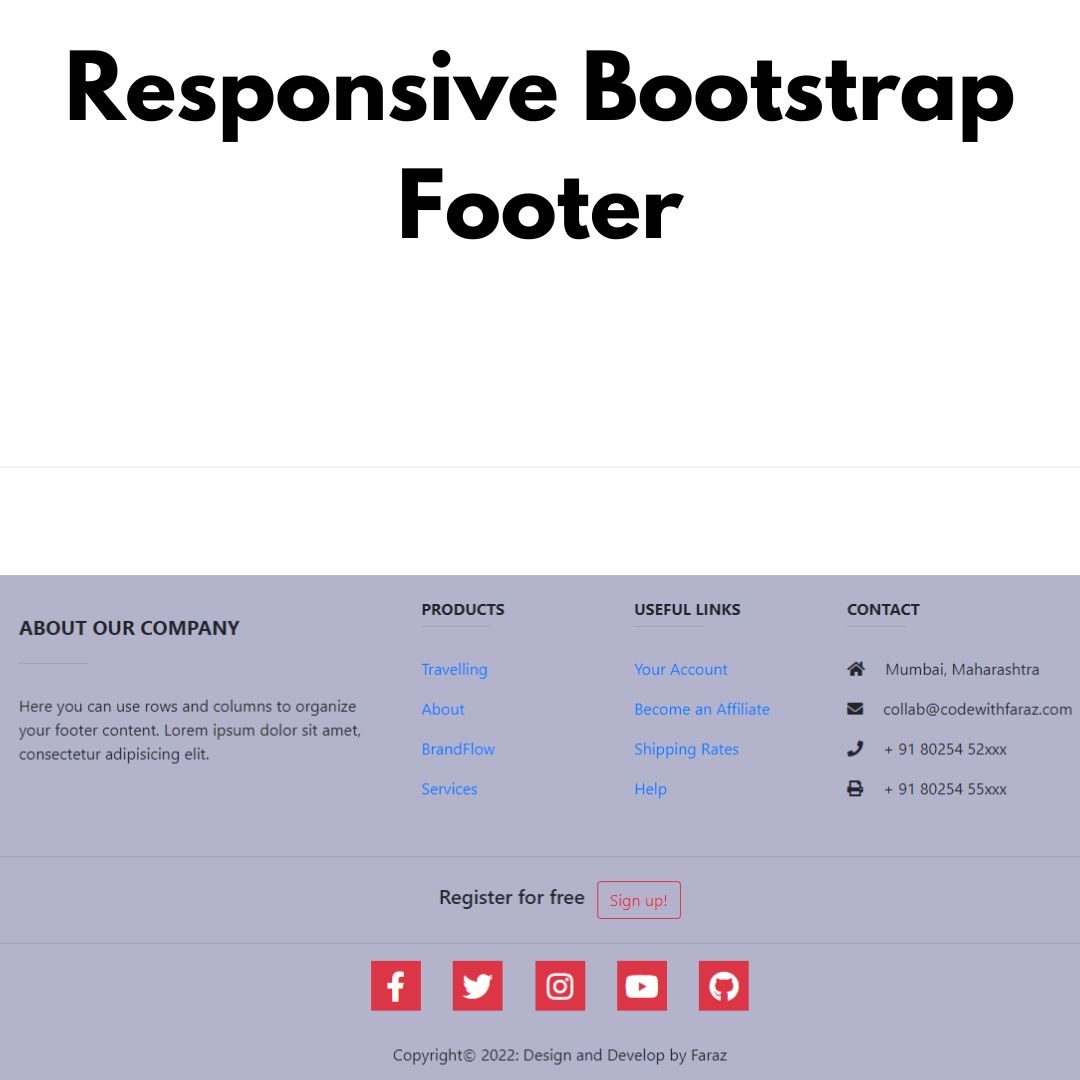Learn Laravel development from scratch with this beginner's guide. Follow the step-by-step instructions to create a fully functional Laravel application.

Are you a beginner in web development looking for an easy-to-learn PHP framework? Look no further than Laravel! Laravel is a popular open-source PHP web application framework that is highly expressive and elegant. This tutorial will guide you through the basics of Laravel development, covering everything you need to know to get started.
Table of Contents
- Introduction to Laravel
- Laravel Installation
- Creating Your First Laravel Application
- Routing in Laravel
- Controllers in Laravel
- Views in Laravel
- Blade Templating in Laravel
- Models in Laravel
- Database in Laravel
- Database Migrations in Laravel
- Authentication in Laravel
- Security in Laravel
- Middleware in Laravel
- Testing in Laravel
- Deployment in Laravel
- Conclusion
I. Introduction
Laravel is a popular PHP framework used for web development. It follows the Model-View-Controller (MVC) architecture and provides a set of tools and functionalities that make it easy to build web applications. In this beginner's guide to Laravel development, we will cover the basics of Laravel and how to use it to create web applications.
Why use Laravel for web development?
Laravel offers many benefits for web developers, including:
- MVC architecture: makes it easy to organize code and separate concerns
- Eloquent ORM: provides a simple and elegant way to interact with databases
- Blade templating engine: makes it easy to create dynamic and reusable views
- Artisan CLI: provides a set of command-line tools for common tasks
- Robust authentication system: makes it easy to add user authentication to your application
- Large community: provides a vast amount of resources and support for developers
Prerequisites for Laravel development
Before starting with Laravel development, you should have basic knowledge of PHP and web development concepts such as HTML, CSS, and JavaScript.
II. Laravel Installation
Installing Laravel using Composer
Composer is a dependency manager for PHP that makes it easy to install and manage packages and libraries. Follow these steps to install Laravel using Composer:
- Install Composer on your system
- Open a terminal or command prompt and navigate to the directory where you want to install Laravel
- Run the following command to install Laravel: composer create-project --prefer-dist laravel/laravel project-name. This will create a new Laravel project in the project-name directory.
Setting up a development environment
To develop Laravel applications, you need to have a development environment set up on your system. A typical Laravel development environment consists of a web server, a database server, and PHP. You can set up a development environment using tools like XAMPP, WAMP, or MAMP.
Creating a new Laravel project
Once you have Laravel installed and your development environment set up, you can create a new Laravel project by running the following command in your terminal or command prompt: php artisan new project-name. This will create a new Laravel project in the project-name directory.
III. Creating Your First Laravel Application
Now that you have Laravel installed, it's time to start building your first application. Laravel follows the Model-View-Controller (MVC) architectural pattern, which separates your application into three main components: models, views, and controllers.
Models are responsible for interacting with your database, views are responsible for displaying your application's user interface, and controllers are responsible for handling HTTP requests and responses.
To create a new controller in Laravel, simply run the following command in your terminal:
php artisan make:controller YourControllerName
This will create a new controller file in the app/Http/Controllers directory. You can then define your controller's methods and logic in this file.
To create a new model in Laravel, run the following command:
php artisan make:model YourModelName
This will create a new model file in the app directory. You can then define your model's properties and methods in this file.
To create a new view in Laravel, create a new file in the resources/views directory. You can then use Laravel's Blade templating engine to define your view's HTML and CSS.
IV. Routing in Laravel
Defining routes in Laravel
Routes are used to map URLs to controller actions in Laravel. You can define routes in the routes/web.php file. Here's an example of how to define a route:
Route::get('/', function () {
return view('welcome');
});
This route maps the root URL (/) to a closure that returns the welcome view.
Route parameters and wildcards
You can also define routes with parameters and wildcards. Here's an example:
Route::get('/users/{id}', function ($id) {
return "User ID: $id";
});
This route maps URLs like /users/1, /users/2, etc. to a closure that returns the user ID.
Route naming and grouping
You can name routes and group them together using the name and group methods. Here's an example:
Route::group(['prefix' => 'admin', 'middleware' => 'auth'], function () {
Route::get('/', function () {
return view('admin.dashboard');
})->name('admin.dashboard');
});
This groups routes under the /admin prefix and applies the auth middleware to them. It also names the / route as admin.dashboard.
V. Controllers in Laravel
Creating controllers in Laravel
Controllers are used to handle user requests in Laravel. You can create controllers using the php artisan make:controller command. Here's an example:
php artisan make:controller UserController
This creates a new UserController class in the app/Http/Controllers directory.
Resource controllers
You can also create resource controllers in Laravel using the php artisan make:controller command with the --resource option. Resource controllers provide a set of CRUD methods for a particular resource. Here's an example:
php artisan make:controller PhotoController --resource
This creates a new PhotoController class with CRUD methods for a photo resource.
Middleware in controllers
Middleware are used to filter HTTP requests in Laravel. You can apply middleware to controllers using the $middleware property or the middleware method. Here's an example:
class UserController extends Controller
{
protected $middleware = [
'auth',
];
public function index()
{
// Controller action
}
}
This applies the auth middleware to the index method in the UserController.
VI. Views in Laravel
Creating views in Laravel
Views are used to render HTML content in Laravel. You can create views in the resources/views directory. Here's an example:
<!DOCTYPE html>
<html>
<head>
<title>@yield('title')</title>
</head>
<body>
<div class="container">
@yield('content')
</div>
</body>
</html>
This is a basic template for a view with two placeholders (@yield('title') and @yield('content')) that will be replaced with actual content.
Passing data to views
You can pass data to views using the with method or the compact function. Here's an example:
Route::get('/users', function () {
$users = App\Models\User::all();
return view('users', compact('users'));
});
This passes a collection of User models to the users view using the compact function.
VII. Blade Templating in Laravel
Blade is a templating engine that is built into the Laravel PHP framework. Blade provides a simple, yet powerful way to create templates for your web application.
A Blade template is essentially a PHP file that uses Blade syntax to make it easier to write HTML. Blade templates use double curly braces {{ }} to echo out values, and use the @ symbol to denote directives that control the flow of the template.
For example, here is a simple Blade template that displays a list of users:
<html>
<head>
<title>User List</title>
</head>
<body>
<h1>User List</h1><ul>
@foreach($users as $user)
<li>{{ $user->name }}</li>
@endforeach
</ul>
</body>
</html>
In this template, the @foreach directive is used to loop through a collection of users and display their names in a list. The {{ }} syntax is used to output the user's name.
Blade templates can also use conditional logic, such as the @if and @else directives, to display content based on certain conditions. For example:
@if($user->isAdmin())
<p>Welcome, admin!</p>
@else
<p>Welcome, regular user!</p>
@endif
Blade templates can also include sub-views, which are separate Blade templates that can be included in other templates. This allows you to reuse common elements across multiple templates. For example:
<html>
<head>
<title>@yield('title')</title>
</head>
<body>
@include('partials.navbar')
<div class="container">
@yield('content')
</div>
</body>
</html>
In this template, the @yield directive is used to define sections of the template that can be overridden in child templates. The @include directive is used to include another Blade template (in this case, a navbar) in the current template.
Blade is a powerful and flexible templating engine that can help you create beautiful and maintainable templates for your Laravel application.
VIII. Models in Laravel
Creating models in Laravel
Models are used to interact with databases in Laravel. You can create models using the php artisan make:model command. Here's an example:
php artisan make:model User
This creates a new User model in the app/Models directory.
Defining relationships
You can define relationships between models using methods like hasMany, belongsTo, and belongsToMany. Here's an example:
class User extends Model
{
public function posts()
{
return $this->hasMany(Post::class);
}
}
class Post extends Model
{
public function user()
{
return $this->belongsTo(User::class);
}
}
This defines a one-to-many relationship between User and Post models.
Querying data
You can query data using methods like get, find, and where. Here's an example:
$users = App\Models\User::where('name', 'John')->get();
This retrieves all User models with the name "John".
IX. Database in Laravel
Configuring database connections in Laravel
Laravel supports multiple database connections out of the box. You can configure database connections in the config/database.php file. Here's an example:
'mysql' => [
'driver' => 'mysql',
'host' => env('DB_HOST', '127.0.0.1'),
'port' => env('DB_PORT', '3306'),
'database' => env('DB_DATABASE', 'forge'),
'username' => env('DB_USERNAME', 'forge'),
'password' => env('DB_PASSWORD', ''),
'charset' => 'utf8mb4',
'collation' => 'utf8mb4_unicode_ci',
'prefix' => '',
'strict' => true,
'engine' => null,
],
This defines a mysql database connection that reads configuration values from environment variables.
Query Builder
Laravel provides a query builder that simplifies database interactions. You can use methods like select, insert, update, and delete to build and execute SQL queries. Here's an example:
$users = DB::table('users')->where('name', 'John')->get();
This retrieves all users records with the name "John" using the query builder.
Seeds in Laravel
Seeds are a way to populate your database with sample data for testing and development purposes. Laravel provides a simple and easy-to-use seeding system that allows you to define sample data using PHP code.
To create a new seed, you can use the following command:
php artisan make:seeder UsersTableSeeder
This will create a new seeder file in the database/seeds directory. In the seeder file, you can define the sample data for your database table using Laravel's fluent query builder:
public function run()
{
DB::table('users')->insert([
'name' => 'John Doe',
'email' => '[email protected]',
'password' => Hash::make('password'),
]);
}
In this example, we're inserting a new user record into the users table with a name of "John Doe", an email of "[email protected]", and a password that has been hashed using Laravel's built-in Hash facade.
To run the seed, you can use the following command:
php artisan db:seed --class=UsersTableSeeder
This will execute the run() method in the UsersTableSeeder class, inserting the sample data into the database.
Eloquent ORM
Eloquent is an Object-Relational Mapping (ORM) system that provides an alternative way of interacting with databases in Laravel. It allows you to work with database records as objects, and provides features like model relationships and query scopes. Here's an example:
class User extends Model
{
public function posts()
{
return $this->hasMany(Post::class);
}
}
class Post extends Model
{
public function user()
{
return $this->belongsTo(User::class);
}
}
$users = User::whereHas('posts', function ($query) {
$query->where('title', 'like', '%Laravel%');
})->get();
This retrieves all User models that have at least one related Post model with "Laravel" in the title.
X. Database Migrations in Laravel
Creating migrations in Laravel
Migrations are used to modify database schemas in Laravel. You can create migrations using the php artisan make:migration command. Here's an example:
php artisan make:migration create_users_table --create=users
This creates a new migration file for creating a users table.
Running migrations
You can run migrations using the php artisan migrate command. This will apply any pending migrations to the database.
Rolling back migrations
You can roll back migrations using the php artisan migrate:rollback command. This will undo the last batch of migrations that were applied to the database.
XI. Authentication in Laravel
Creating authentication scaffolding in Laravel
Laravel provides a simple way to generate authentication scaffolding using the make:auth command. Here's an example:
php artisan make:auth
This creates views and routes for user registration, login, and password reset functionality.
Customizing authentication behavior
You can customize authentication behavior by modifying the Auth configuration file or by overriding the default Auth controllers and views. Here's an example:
Route::get('/home', 'HomeController@index')->middleware('auth');
class HomeController extends Controller
{
public function index()
{
$user = Auth::user();
return view('home', compact('user'));
}
}
This defines a route that requires authentication and retrieves the authenticated user's information to display on the home view.
XII. Security in Laravel
Laravel has a built-in security system that helps protect your application against common web attacks such as SQL injection, cross-site scripting (XSS), and cross-site request forgery (CSRF). Some of the security features in Laravel include encryption, hashing, and input validation.
XIII. Middleware in Laravel
Middleware is a way to filter incoming requests before they reach the application's routes. Laravel provides several built-in middleware, such as authentication middleware, that you can use to add additional security to your application.
XIV. Testing in Laravel
Laravel provides a comprehensive testing suite that includes unit testing, integration testing, and functional testing. Testing is an essential part of any application's development process, and Laravel's testing suite makes it easy to write and run tests for your application.
XV. Laravel Deployment
Deploying a Laravel application to a web server
Once you've developed your Laravel application, you'll need to deploy it to a web server to make it publicly accessible. Here are the general steps for deploying a Laravel application:
- Set up a web server: You'll need a web server to host your Laravel application. Popular options include Apache and Nginx.
- Install PHP and required extensions: Laravel requires PHP and several extensions to function properly. Make sure your web server has PHP installed and that the required extensions are enabled.
- Set up a database: If your Laravel application requires a database, set it up on the web server and configure Laravel to connect to it.
- Copy files to the server: Copy your Laravel application files to the web server. You can use Git, FTP, or another method to transfer files.
- Configure the server: Set up the web server to serve your Laravel application. This may involve configuring virtual hosts, creating aliases, and setting permissions.
- Set up environment variables: Set up environment variables on the web server to configure your Laravel application. You can use a .env file or configure environment variables directly on the server.
- Run migrations: If your Laravel application uses a database, run migrations on the web server to create the necessary database tables.
- Test your application: Once your Laravel application is deployed, test it to make sure it's working properly.
Using a service to deploy your Laravel application
Alternatively, you can use a service like Forge or Envoyer to deploy your Laravel application. These services automate many of the deployment steps and make it easier to manage and deploy updates to your application.
XVI. Conclusion
In conclusion, Laravel is a powerful and popular PHP framework that makes it easy to develop web applications. In this beginner's guide, we've covered the basics of Laravel development, including installation, routing, controllers, views, Blade templating, middleware, validation, database, authentication, and deployment.
By following the steps outlined in this guide, you should be able to get started with Laravel development and build your own web applications. Keep in mind that Laravel has a large and active community, with many resources available to help you learn and troubleshoot any issues you encounter.
Whether you're building a simple website or a complex web application, Laravel provides the tools and features you need to make your project a success. So go ahead and dive into Laravel development, and see what you can create!
Frequently Asked Question (FAQs)
1. What is Laravel?
Laravel is a PHP web application framework used to build high-quality web applications easily and quickly.
2. How do I set up a Laravel project?
To set up Laravel, you will need to have PHP and Composer installed on your system. Once you have installed these dependencies, you can create a new Laravel project by running the following command:
composer create-project --prefer-dist laravel/laravel myproject
3. What is MVC architecture?
MVC stands for Model-View-Controller, which is a software design pattern used in web development. In Laravel, the Model represents the data and database interaction, the View represents the user interface, and the Controller acts as an intermediary between the Model and View.
4. What is routing in Laravel?
Routing is the process of directing incoming requests to the appropriate controller action. Laravel provides a simple, intuitive syntax for defining routes.
5. How do I deploy a Laravel application?
Deploying a Laravel application is a relatively straightforward process. You can deploy your application to a web server using tools like Git, FTP, or SSH. Laravel also provides a set of deployment tools, such as Envoyer and Forge, to make deployment even easier.
That’s a wrap!
Thank you for taking the time to read this article! I hope you found it informative and enjoyable. If you did, please consider sharing it with your friends and followers. Your support helps me continue creating content like this.
Stay updated with our latest content by signing up for our email newsletter! Be the first to know about new articles and exciting updates directly in your inbox. Don't miss out—subscribe today!
If you'd like to support my work directly, you can buy me a coffee . Your generosity is greatly appreciated and helps me keep bringing you high-quality articles.
Thanks!
Faraz 😊





